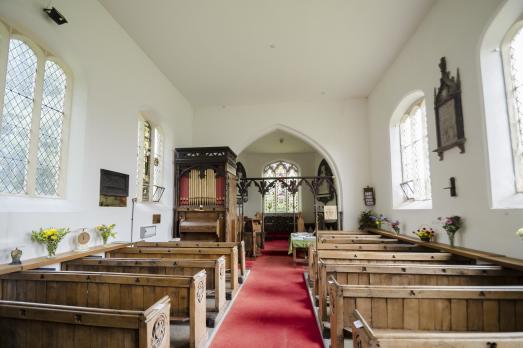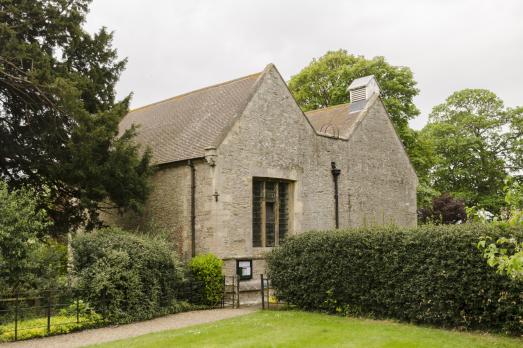
All Saints, Gainsborough
Built in 1730 to suit the town's growing population, All Saints is a marvellous example of Georgian architecture.

Churches in Lincolnshire's western plains all share in a celebration of a rich architecture and heritage, of beautiful tranquility and spirituality, and a welcoming oasis of peace and calm in today's busy world.
Gainsborough was once a thriving inland port situated on the bank of the river Trent, the splendour of the Georgian All Saints church, a reminder of the town's wealth. Nearby Stow St Mary lays claim to being one of England's most important Saxon parish churches; walk in the steps of Bishop Hugh on his pilgrimage path to Lincoln, a route he often took with his loyal pet swan.
To the east are the Wolds hilltop villages with their ironstone churches which, on a summer's evening, cast a wonderful orange glow all around. So, pack a picnic and head to the county's unspoilt western region.

Built in 1730 to suit the town's growing population, All Saints is a marvellous example of Georgian architecture.

In 975AD Bishop Aelfnoth built a church to become Mother church for the Lincolnshire part of his diocese and St Mary's kept this status until Bishop Remigius moved his see to Lincoln in 1073.

This prereformation church has one of the few surviving rood lofts in Lincolnshire as well as an enchanting north wall with an odd mix of four different architectural styled windows.

Built around 1750, this tiny Georgian church is believed to be the second smallest church in England, standing barely 8 metres long with simply an alter and a vestry with a font.

A Bodley masterpiece; the aisle, painted roofs and chancel decoration are of the highest quality whilst the reredos, screen, rood and organ case are worthy of a city church.

With one of the most impressive Norman doorways in the country, St Peter's was restored with stone from St Paul's in the 19th century.

Known as the Ramblers Church, All Saints stands in solitary dignity at Walesby escarpment along the Viking Way and contains a beautiful stained glass window depicting walkers and cyclists.

Famous for the Beechey brothers, five sons of the vicar of St Peter's, who gave their lives during the Great War, this tiny rural church contains several pieces of commemoration to these soldiers.

Believed to be designed by 'Capability' Brown and built around 1775 whilst he was working for Richard, 4th Earl of Scarborough, St Helen's is a wonderful example of the classical style he used.

A Gothic style stone and brick church with delightful woodcarvings created by Revd Townsend, a previous vicar of the parish.

An dramatic display of flags of the allied countries during WWI hang high in the nave and are the focal point when entering St Martin's.

Described as 'odd but delightful with stunning views of the River Trent,' St Mary's has a calamatious history which includes tales of naughty nuns and civil war intrigue.

PushCreativity
An annual celebration of a rich architecture and heritage, of beautiful tranquility and spirituality and a welcoming oasis of peace that all our churches offer. Held in May.
This historic market town boasts the fine medieval manor, Gainsborough Old Hall, where many of the leading separatists were thought to have worshiped in secret before fleeing persecution.
Step back in time and discover history and heritage aplenty from Roman ruins to Norman gems and Tudor palaces to Victorian splendour.

PushCreativity